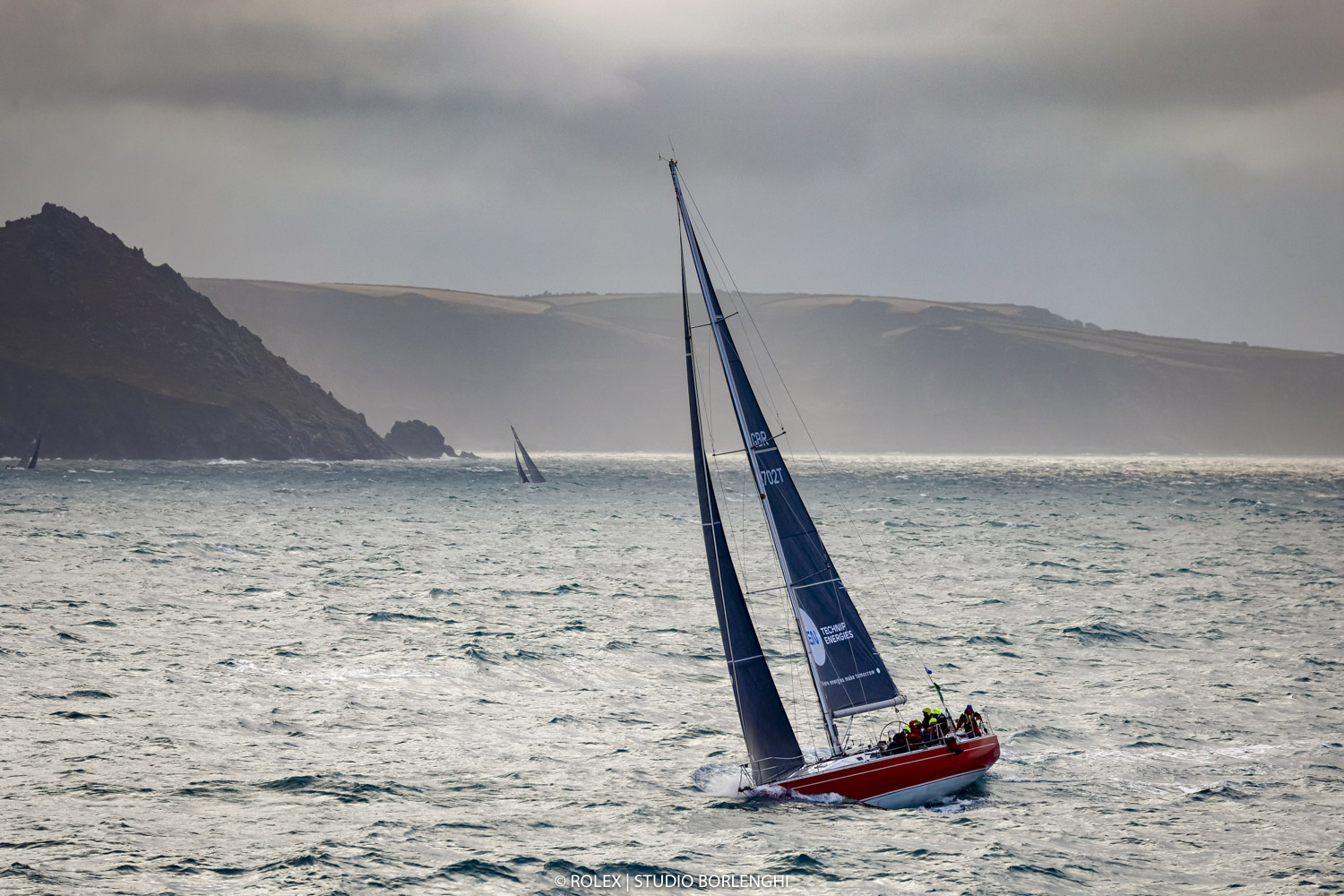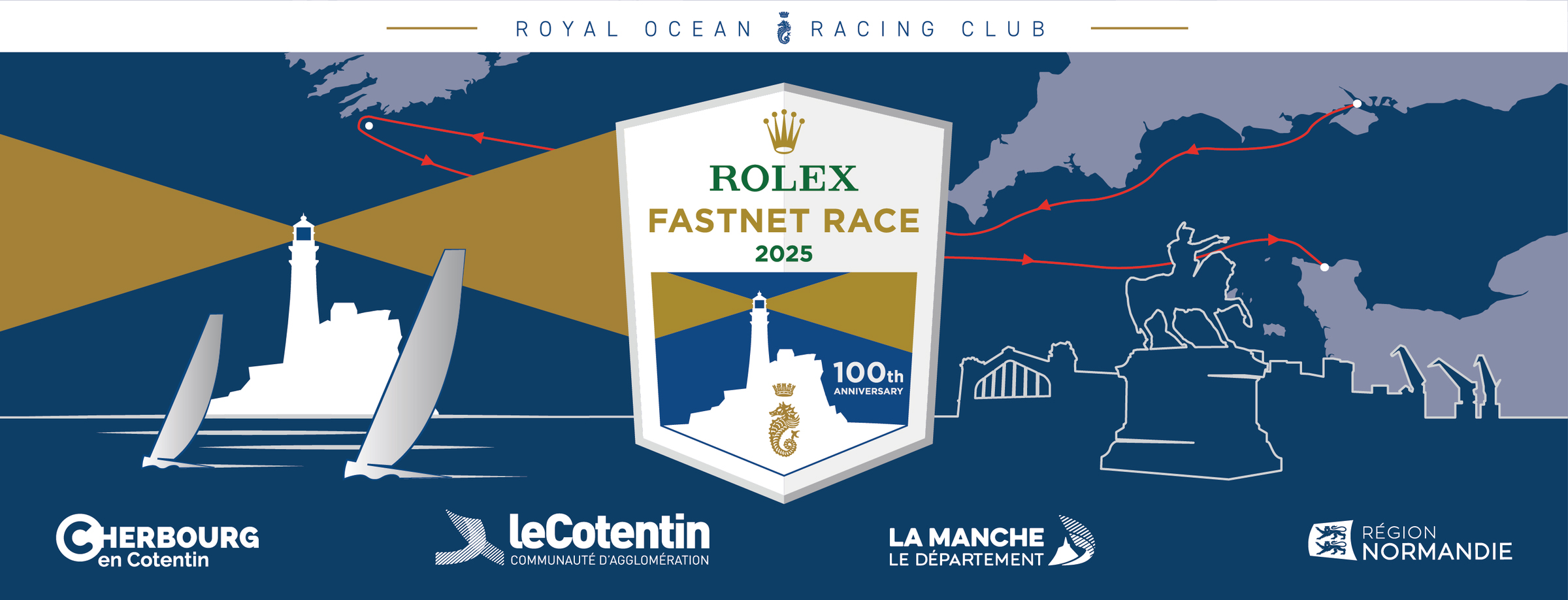

Beating up towards the Fastnet Rock is making for slow going for the back half of the IRC Two fleet as the wind is blowing from an inconvenient north-westerly direction off the southern tip of Ireland. Once they're round, at least the boats will be able to free up their sails and pick up some pace.
Meanwhile the frontrunners in this division are making good ground back towards the Scilly Isles, the wind blowing from a south-west-southerly direction. While Minnie the Minx (Philip Cook’s First 40) and J’Ouvert (Simon Harris’s J/122e) are bringing up the rear of IRC Two, Tom Kneen’s JPK 11.80 Sunrise is coming the other way, strengthening her hold on the lead.
Twenty miles aft of Sunrise is Kneen’s closest rival for the leaderboard in IRC Two, Astrid de Vin’s JPK 11.80 Il Corvo. The gap in corrected time terms is over four hours in Sunrise’s favour, although we’ve seen massive changes in the faster fleets like the IMOCAs as they’ve drawn closer to the finish in Cherbourg. Il Corvo has 250 nautical miles remaining before the French finish line to try to reel in her British rival.
Further north of Il Corvo, Eric Fries’ Fastwave 6 and Richard Fromentin’s Leclerc Hennebont / Cocody are so close to each other, racing beam to beam, that they could be throwing bread rolls at each other.
Moving further up the rankings into sixth on the IRC Two leaderboard is Scarlet Oyster, Ross Applebey’s Lightwave 48, racing in close company with Hakan Groenvall’s Swedish First 40, C-me. Not far from these two is EH01, Neil Maher’s First 47.7. With the breeze blowing on to the starboard beam at about 13 to 14 knots, the boats are achieving consistent speeds of 8 to 9 knots, making good progress towards Bishop Rock.
